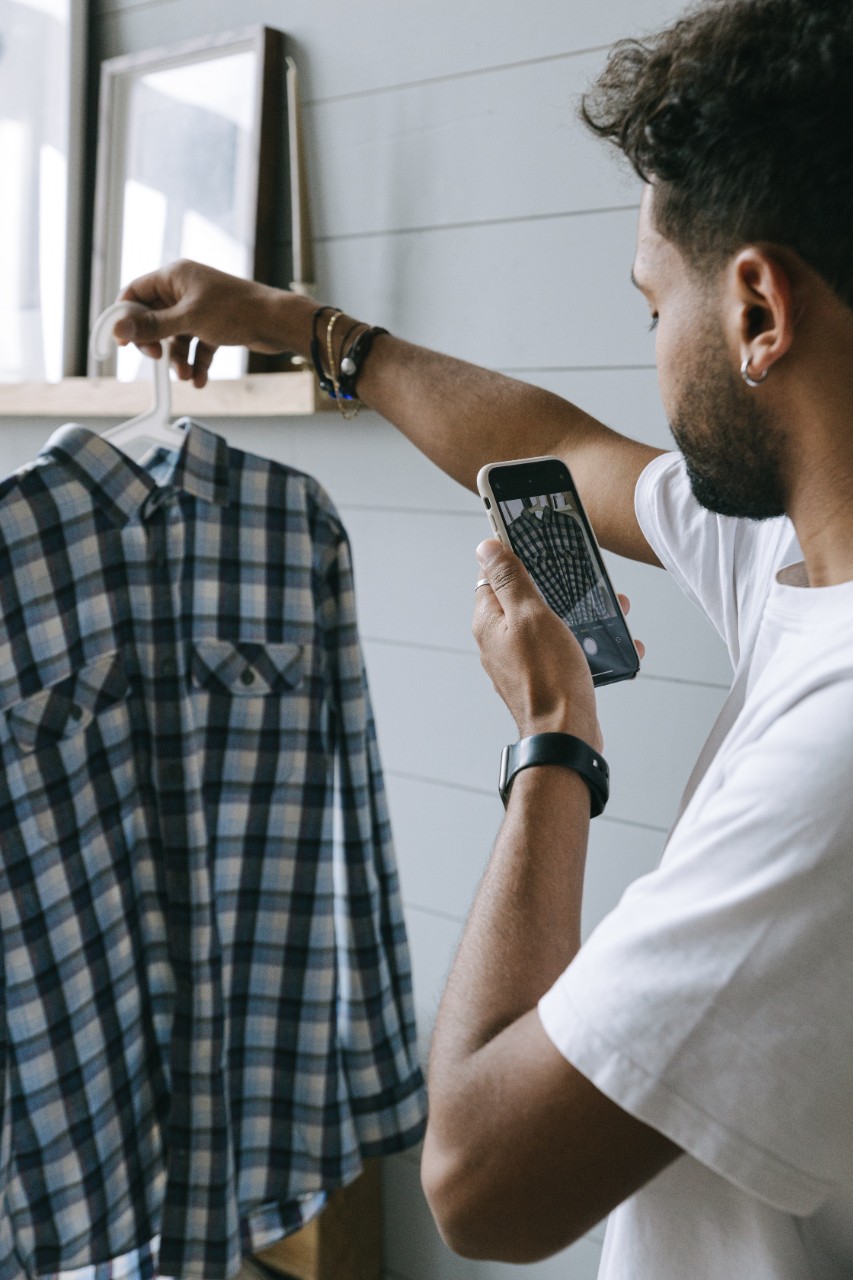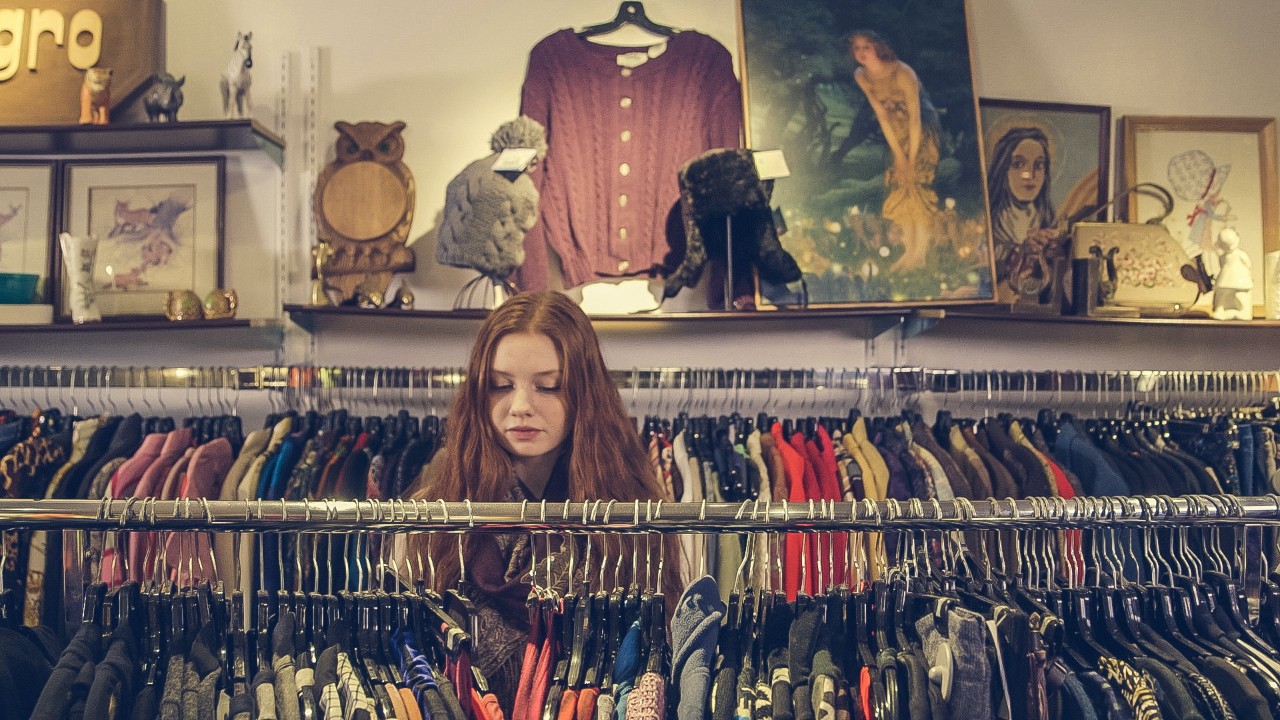I got into the reselling game around the age of 14. Back then, there was little motivation for me except improving my pocket money. After almost ten years of experience in selling my used books and clothes, also occasionally from my family and friends, I would consider myself a resale expert – but only on a private level. When we peek beyond eBay and Marktplaats, a gigantic industry of fashion resale is awaiting us.
The fashion resale market
The resale market is no joke. According to Boston Consulting Group, the industry was worth between $30 to $40 billion in 2020, and still growing rapidly.
It has specifically blown up in the past decade. Back in 1995, general resale spread online on sites such as eBay and Craigslist, and from 2009 to 2011, many fashion-focused resale websites, the so-called “recommerce” concept, got their start, from Depop to ThredUp and Poshmark.
It’s gone beyond specific platforms as well, major retailers such as H&M and Nike are also offering to sell or accept preowned clothing back, a service often scrutinized as greenwashing. Sustainability is often used as the key mission that motivates reselling platforms and services, and we all know how that term has exploded.

A resale market for every taste
One of the biggest news in the industry of reselling this year is Etsy taking over Depop. Even though both platforms are primarily resale, if the latter is a Gen Z fashionista, then Etsy is its hippie auntie. Depop’s audience is much younger and sells primarily second-hand clothing from highly recognizable brands or users who are or aim to become influencers. In contrast, Etsy’s users are older on average, and the focus is much more on self-made or antique goods than brands, while the selection is also wider, from 1920s furniture to customizable couple rings.
There are more differences – such as the business models. Most people are familiar with peer-to-peer marketplaces, where buyers and sellers are responsible for contacting and shipping themselves. There are also full-service models, in which customers send their used garments to the company, who takes pictures and lists the clothes for them, as well as taking care of the eventual shipment.
It makes sense to differentiate — people looking for vintage designer bags are different from those aiming to sell their children’s outgrown clothing. And now, there really is a resale app for every person. Grailed focuses on streetwear for fashionable men, TheRealReal only sells authenticated luxury products, alongside physical shops, and Vinted is mostly for the masses, selling any kinds of used clothes.
However, some people are not quite convinced yet.

Consumer opinions
A report made by the Institute of Positive Fashion conducted a national survey in 2021 in the UK which recorded over half of the respondent having purchased used garments, higher than in 2019 where it was only 31%. It seems to be more prevalent among younger shoppers – possibly because the 'second-hand's' reputation among Millennials and Gen Z’s is much better than for the generations before.
For many adults, second-hand clothing still holds the image of clothing that is dirty and unattractive. The same study recorded around half of respondents indicating that they “deserve better than vintage/second-hand clothing”, putting value into the “newness” of clothing.
While Fast Fashion is far from dead, climate and socially conscious shoppers are also on the rise. For consumers, slow fashion has proved to be a better alternative.
Slow Fashion brands produce clothing in a more conscious way, for both people and planet, and has become the hallmark of sustainability in textiles. Brands are popping up that use recycled polyester, mushroom leather, or even upcycle pollution.
Beyond these admirable initiatives, we shouldn’t forget that “the most sustainable garment you can buy [remains the] one that’s not new at all.”
Is fashion resale green?
It seems like Greta Thunberg agrees to a certain degree, calling out fast fashion when she graced the American Vogue cover, claiming her newest piece of clothing was purchased three years ago, second-hand.
Novel approaches like these are integral in the blueprint for a circular economy, according to the Ellen McArthur Foundation. Recommerce as well as rental services in fashion would become the norm across the industry, with buying newly produced clothing being at the very bottom of purchases.
However, buying second-hand mean very different things — pre-owned pieces at a curated vintage boutique is not the same as buying used clothing at a charity shop.

The difference between thrift stores and resale sites
The difference was especially prominent during the pandemic – resale sites flourished while thrift stores were suffering.
Thrift/charity shops are classified into three categories based on their operating system ⎯ non-profit, charity-affiliated for-profit, and for-profit thrift shops:
1. Nonprofit thrift shops are usually operated by major national charities and sometimes by local religious groups, charities, or cultural benefactors. Nationwide charities usually have extensive inventories with quick turnover. They sell donated second-hand clothing and profits from the sales go directly or indirectly to charities.
2. Charity-affiliated for-profit thrift shops, on the other hand, sell goods for profit, and goods are bought from the charitable organization to support their activities.
3. For-profit thrift shops sell goods obtained from people or wholesalers — but sell it for profit. These different operating systems influence the store’s environment, product quality, and types.
Thrift stores are not companies, but are run by charities that accept donations of items — and then sell them to the public for a lower price. Customers therefore are likely to be from low-income households, and you will not find the latest designer handbag in these stores. You will find decent clothing and a good deal, though.
Donate, thrift, purchase — for good
To be concrete, not every second-hand store is a place where people donate items and buy the donated items. In charity shops, profits are used to support the surrounding community, e. g. helping neighbours or local service centres. Of course, part of the money goes into upkeep of the store itself, as they are operated by fulltime employees and volunteers. For example, the Salvation Army began its thrift shop work in 1897 and by 1929, half of the organization’s income came from those sales.
The history of thrift shops is long, a lot of things had happened for the act of thrifting until Macklemore’s “Thrift Store” was able to succeed and resonate.
Nowadays, it’s great if you choose to buy preowned clothing. There's less a social stigma, and become widely accepted and praised. And it would be even greater if you would choose to buy them at a place where your money will be used for good, kinder things in this world.
Read here about how to donate clothes in the Netherlands, or donate to our Save the Oceans United Action, a part of tour ecostsyem that experiences the lions share of fashion's environmental damage.





